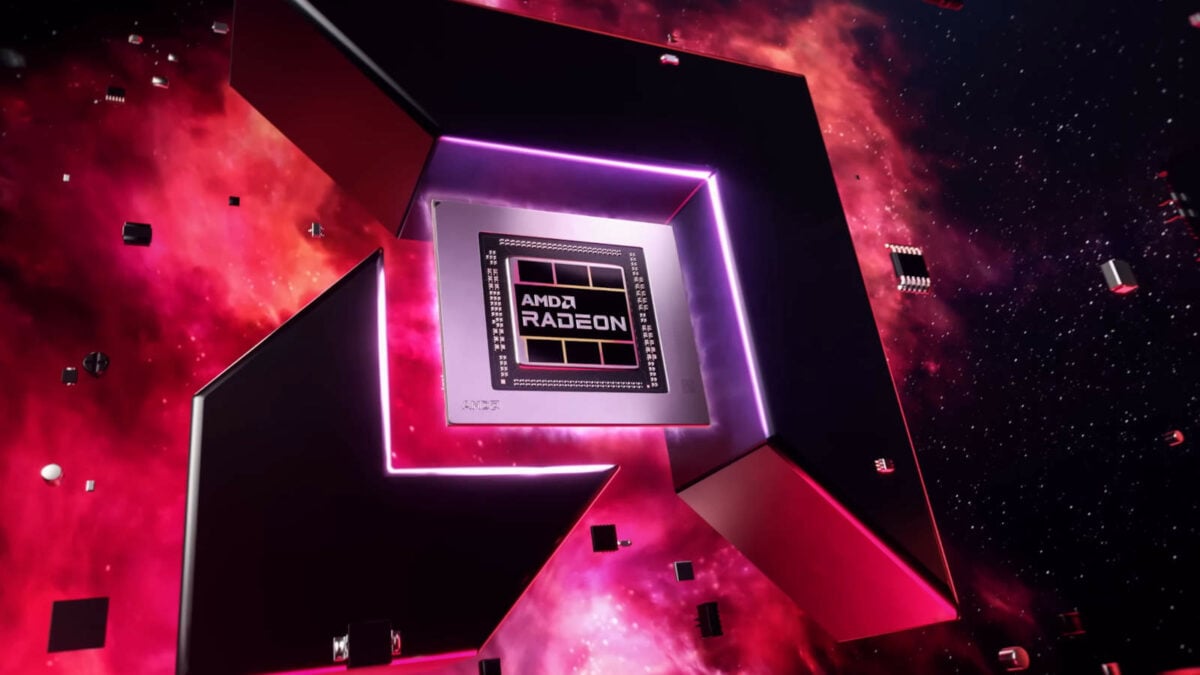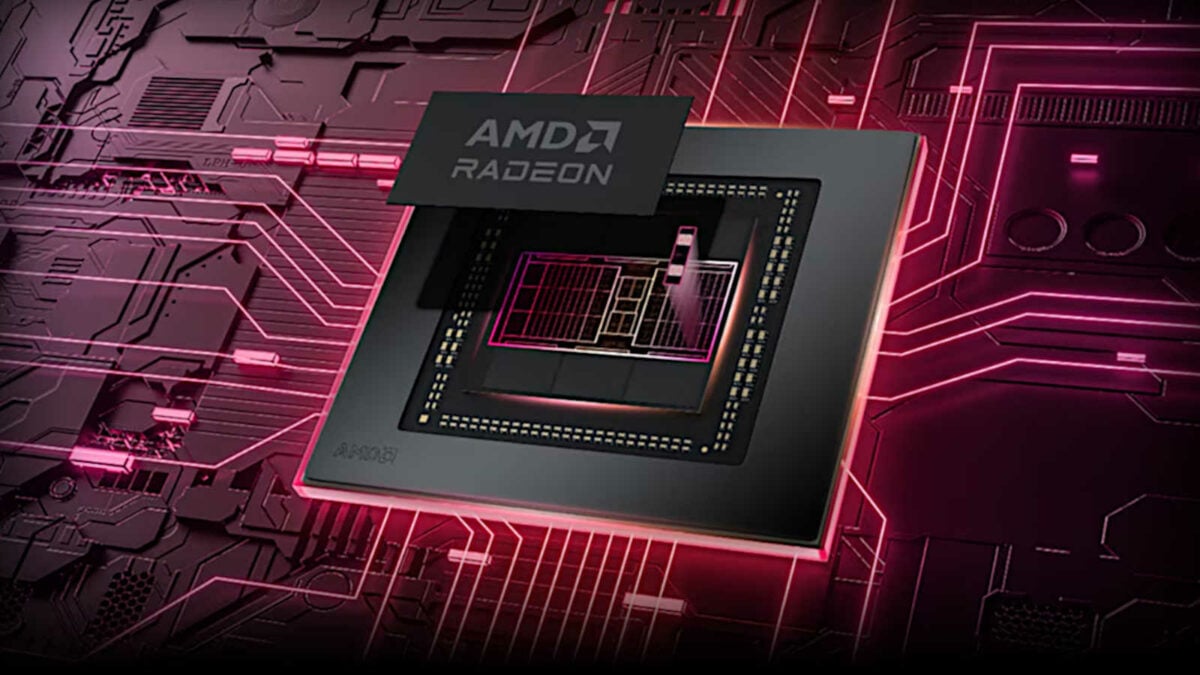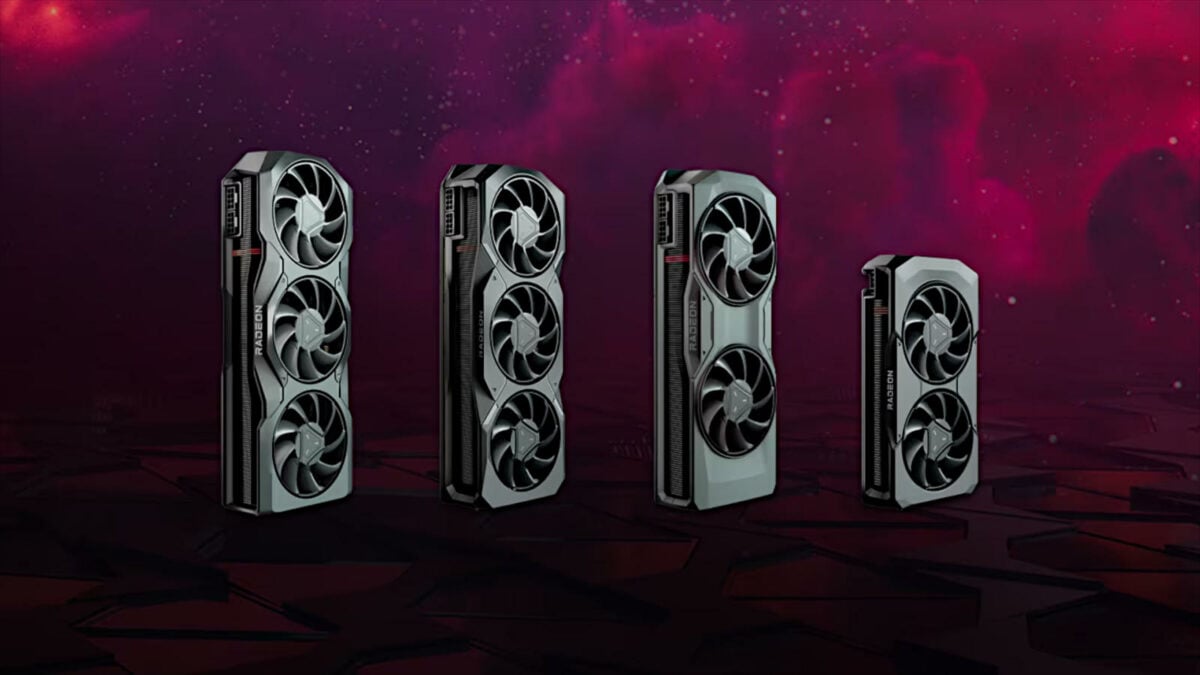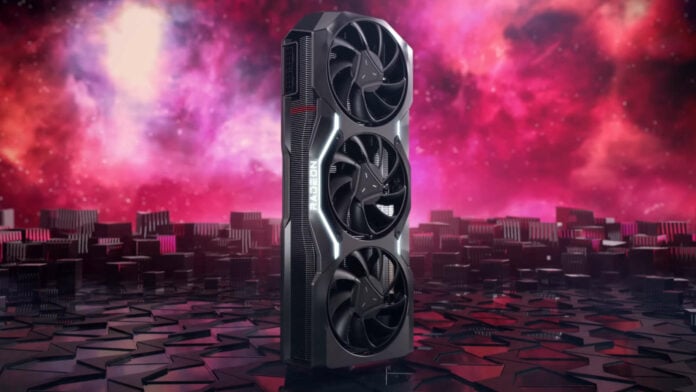AMD has confirmed and reiterated that RDNA 4 GPUs will make up the next batch of Radeon graphics cards for years to come. However, despite this surprisingly candid approach, the company has kept most details about its next architecture close to its chest. Despite Team Red’s best efforts, though, there are already plenty of leaks and rumours surrounding the Radeon RX 8000 series.
While RDNA 4 GPUs should improve on the best graphics cards AMD has today, it appears the company may adopt a different strategy with its next-generation pixel pushers. Reigning in its ambitions to conquer the high-end market, future Radeon cards may launch with just mid-range and budget builders in mind.
As there’s still plenty to finalise with RDNA 4, everything we know is still subject to change and should be taken with a degree of scepticism. With that said, here’s the latest lowdown on what AMD has planned for its next-generation Radeon lineup.

RDNA 4 release date
We expect the RDNA 4 release to fall sometime in late 2024 or early 2025. AMD typically launches a new GPU architecture every two years, with the one-year gap between RDNA and RDNA 2 being a notable exception. As RDNA 3 arrived on the scene in December 2022, precedent dictates we shouldn’t expect new Radeon graphics cards until at least two years from then.
For now, our money’s on the latter estimation. Some rumours suggest AMD will unveil at least one RDNA 4 GPU at CES 2025, with another to follow in Q2 of the same year. Spacing out releases like this gives AMD a chance to offload existing stock before next-generation replacements naturally drive their price down. However, others claim we could see a Radeon RX 8800 XT as early as October 2024.
For a brief moment, it seemed as though new Radeon RX 7000 series graphics cards were on the way. Since then, AMD and its partners have reportedly since shifted priorities to RDNA 4. Given the apparent difficulty in moving existing RDNA 3 stock, this seems likely. After all, if you find yourself in a hole, stop digging.
Furthermore, we expect AMD would prefer to release RDNA 4 in response to Nvidia RTX 50 series pricing. Like it or not, the company remains on the back foot in terms of market share and needs to provide a compelling alternative in terms of price and performance if it hopes to make a dent in Team Green’s seemingly unbreakable hold on the space.

RDNA 4 specs
Following an allegedly tumultuous development, AMD has significantly scaled back the design of its RDNA 4 architecture. This has led to a reduction in GPU specs, which will, in turn, affect the final form of Radeon RX 8000 series graphics cards. Regardless, we can at least expect some improvements compared to current-generation stock.
To briefly touch on what RDNA 4 could’ve been, AMD was apparently putting together a GPU with 200 compute units. The company’s flagship Navi 31 chip boasts just 96, so this would more than double its current-generation flagship. This should’ve, theoretically, led to a sizeable leap in performance but, alas, it seems we’ll have to wait until RDNA 5 for a similar seismic shift.
The technical makeup of RDNA 4 GPUs is something of a mystery, but both Navi 48 and 44 chips repeatedly appear in development and shipping logs. In lieu of finer technical details, it appears that the former will be the higher-end chip, in a change of pace for AMD naming conventions.
In a bid to gain ground, RDNA 4 GPUs will reportedly feature a revamped approach to ray tracing, complete with new rendering features. Hopefully, this should allow AMD to be more competitive against Nvidia, plugging the gap alongside its usual advantages in rasterised rendering. However, unlike RTX 50 series, Radeon RX 8000 may continue to use GDDR6 VRAM. Capacity may prove king in gaming, but slower speeds will hold it back in certain workloads.

RDNA 4 pricing
Given the alleged moderate spec bumps relative to its existing graphics cards, we expect RDNA 4 pricing to fall within the range of $269-550. This is based on the prices AMD currently sets for Radeon RX 7600 and 7900 GRE, its most budget and highest-spec mid-range models, respectively. However, there’s every chance Team Red could aim even lower, below $200, with 500 and even 400-class models, as it did with the Radeon RX 6000 series.
There may be fewer partners competing to keep prices down, though. MSI has scaled back its support for the Radeon RX 7000 series, choosing to focus on Nvidia RTX instead. The company skipped the launches of Radeon RX 7800 XT and other cards, showing no sign of changing its position. Still, there are plenty of other manufacturers to pick from, so this should only prove a minor concern, if that.
An official word on pricing should come from AMD once it’s finally ready to reveal RDNA 4 proper. However, the company has famously changed the cost of its graphics cards just days before their release. As such, we could wait a while longer to learn how much we’ll need to pay to get on board the Radeon RX 8000 series train.
For more on AMD graphics cards, check out our Radeon RX 7900 XTX review. While an RDNA 4 replacement is undoubtedly in the works, this pixel pusher still has plenty to offer.


